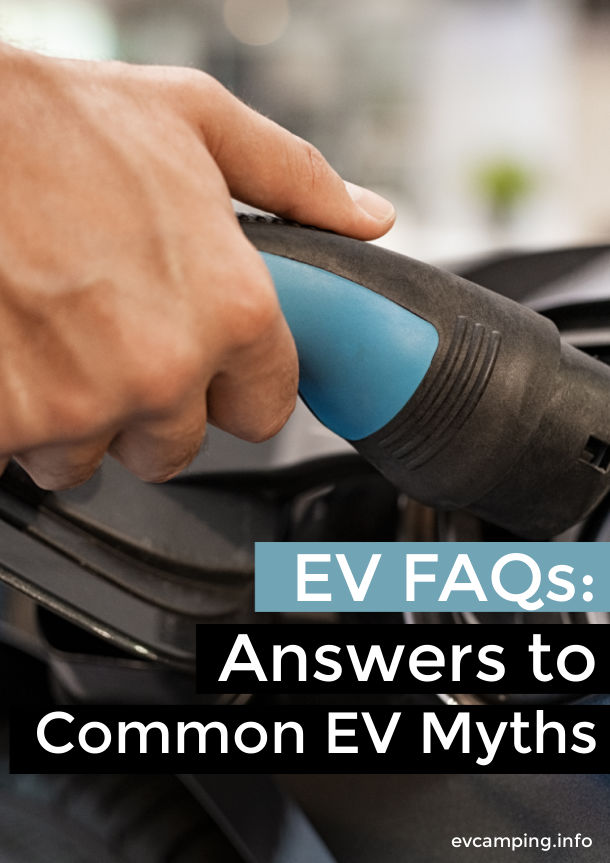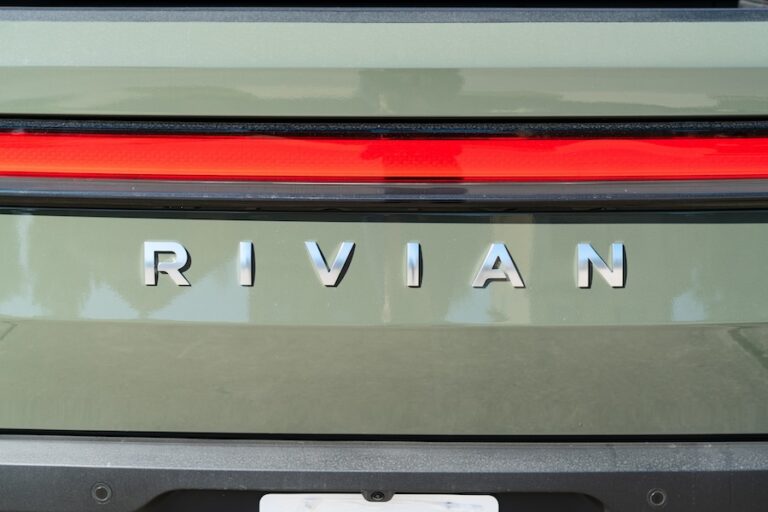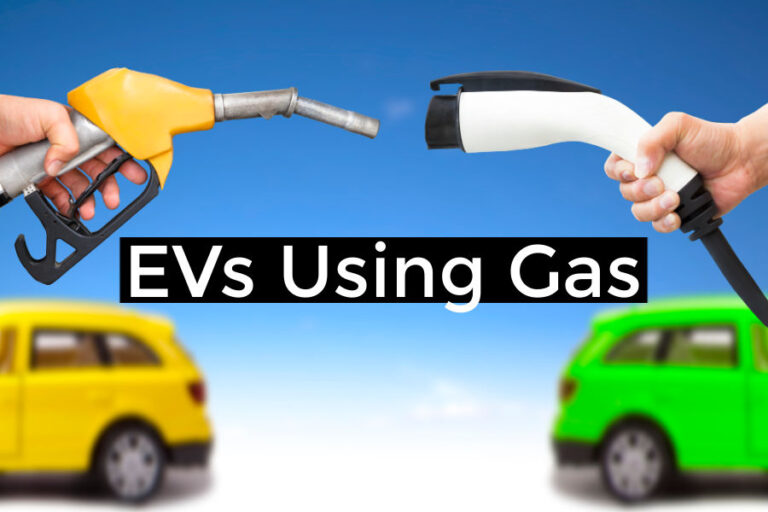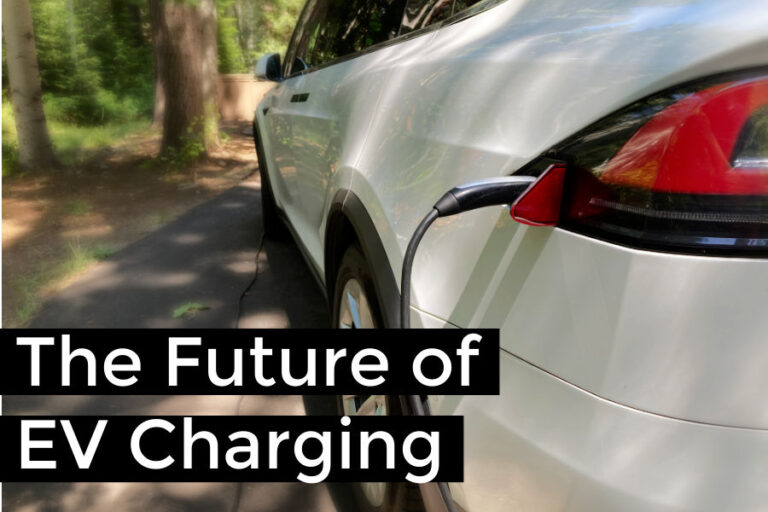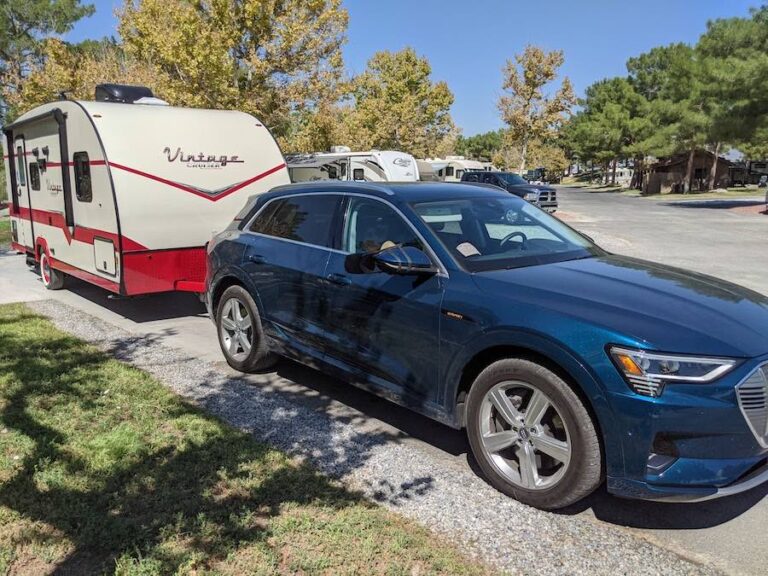EV FAQs: Common Electric Vehicle Questions and Answers
As electric vehicles (EVs) gain popularity, it’s important to address common questions and dispel myths surrounding their safety, efficiency, cost, and other concerns.
It’s easy to have misconceptions about EVs. In this article, we’ll tackle some of the frequently asked questions and share information from experts to help you make informed decisions about electric vehicles.
We’ll cover topics like EV charging infrastructure, range anxiety, affordability, road trip considerations, and the benefits of owning an EV.
Table of Contents
Do electric vehicles catch fire more often than gas cars?
Do electric vehicles actually help with global climate change or not?
Are public EV chargers rare and hard to find? Are they confusing?
Isn’t adding EV charging to my home difficult and expensive?
Will I have enough range driving an EV? Is a short range EV enough?
Don’t EVs add too much travel time for charging stops on a road trip?
Aren’t EVs expensive? Will an EV ever be affordable for me?
Is it worthwhile to get a portable charger for an EV?
Q: Do electric vehicles catch fire more often than gas cars?
Contrary to common misconceptions, electric vehicles actually have a significantly lower fire incident rate compared to both hybrid and gas-powered vehicles.
Statistics demonstrate that per 100,000 sales, hybrid vehicles experience the highest number of fires, with approximately 3,500 incidents, followed by gas cars with slightly over 1,500. In contrast, electric vehicles only account for approximately 25 fires per 100,000 sales.
Most of the reported EV fires are not primarily caused by the battery itself but rather by manufacturing defects or incidents that occur within the passenger compartment, such as smoking. This distinction sets EVs apart from gas cars, where the fuel (gasoline) is highly flammable and plays a significant role in fire incidents.
If a collision penetrates the battery, it can allow lithium to come into contact with the cathode, which produces heat. This can potentially trigger a phenomenon called thermal runaway, which starts propagating exponentially, resulting in fire.
The reality is that the manufacturing defects or collisions that lead to EV fires are relatively rare occurrences.
To ensure safety and prevent fire incidents, car manufacturers are actively implementing measures to protect EV batteries. At the cell level, they incorporate various safeguards such as encapsulants, compression pads, and mica sheets with anti-fire properties.
Real-life incidents as well as third party testing further support the safety of electric vehicles. For example, crashes involving EVs at high speeds or severe impacts, even falls from significant heights, have shown that these vehicles can withstand such events without catching fire.
In conclusion, the belief that electric vehicles catch fire more frequently than gas cars is a myth.
The statistics indicate that EVs have a significantly lower fire incident rate, and most of the reported fires are unrelated to the battery itself. Car manufacturers are continually improving safety measures to minimize the risk of battery-related fires, making electric vehicles a safe and reliable transportation option.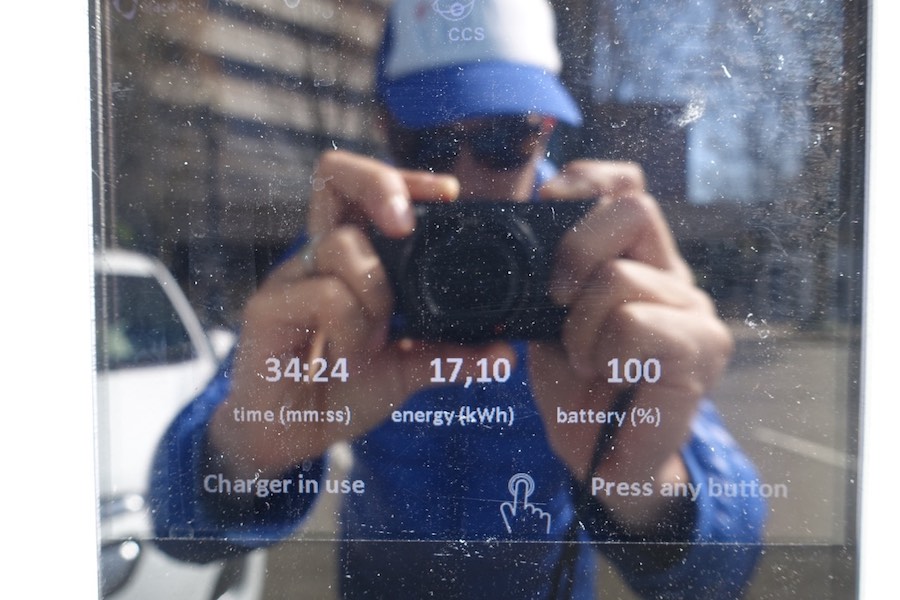
Q: Do electric vehicles actually help with global climate change or not?
Electric vehicles help combat global climate change, and the notion that they do not is a myth.
The lifetime emissions of electric vehicles are approximately three times lower than those of comparable gas cars. Further, as the power grid continues to transition to cleaner energy sources, emissions associated with electric vehicles decrease even further.
One of the common arguments against electric vehicles is that they are only as clean as the energy used to charge them. If that energy comes from coal power plants, then their environmental impact is negligible.
However, this argument is no longer valid.
In recent years, there has been a significant shift away from coal power plants, with many being closed for financial reasons. Both the Obama and Trump administrations saw a record number of coal power plants shutting down. As a result, the overall grid has become cleaner.
Another claim is that the emissions impact of vehicle production means it’s better to keep using a gas car until it dies, then buy an EV. While there is no longer emissions from production with an old car, there is always emissions from the ongoing use of gasoline for fuel.
On the other hand, electric vehicles do not emit greenhouse gases during use, making them inherently cleaner.
A comprehensive study conducted by the Argonne National Laboratory used a sophisticated model to measure emissions called the Greenhouse Gas, Regulated Emissions, and Energy Use in Technologies (GREET) model.
This model accounts for various factors such as oil extraction, transportation, refining, electricity generation, materials production, battery manufacturing, and end-of-life recycling.
The results of this study revealed that the carbon footprint of electric vehicles is substantially lower than that of gas cars. Even using coal power, the carbon footprint of EVs is less than ICE vehicles.

Q: Are public EV chargers rare and hard to find?
Public EV chargers are not rare or hard to find in most cities. In fact, there has been a significant increase in the availability of public charging infrastructure.
At the moment, there are over 130,000 public EV chargers already installed. An initiative to add another half a million public charging stations by 2030 will further expand the accessibility of charging facilities.
The perception that public charging is necessary for EV owners is actually shifting. In reality, most EV owners rely on home charging, only resorting to public charging in rare cases.
Most EV owners only use public chargers when they need to travel beyond the range of their EV.
To help drivers find public charging stations, many EV manufacturers have integrated onboard navigation systems in their vehicles, which can guide drivers to nearby chargers.
Additionally, there are several smartphone applications and online databases, such as Plugshare and Better Route Planner.
Charging networks like Electrify America, EVgo, ChargePoint, and Blink provide online maps and apps with information about the locations of their chargers.
Even mainstream navigation tools like Google Maps now offer an electric vehicle option in their settings. This enables EV owners to easily identify charging stations along their routes using a familiar platform.
As the EV market continues to grow, the expansion of public charging stations will further alleviate any concerns about accessibility and convenience for EV drivers.
Isn’t public charging too confusing to figure out?
Using public chargers is becoming increasingly user-friendly and straightforward. For example, many charging companies now offer the convenience of a single login that can be used across different charging apps.
Types of charging connectors
When it comes to the physical aspect of charging, all electric vehicles, including Tesla vehicles with the appropriate adapter, utilize a standardized connector known as the J1772 or J connector.
This J1772 connector is used for level 1 and level 2 charging, which operate at 120 and 240 volts, respectively. These are commonly found in residential settings and slower public charging stations.
For DC fast charging (DCFC), public charging stations typically support either the CCS (Combined Charging System) standard, used by most new EVs, or the CHAdeMO standard, which is primarily used by Japanese EVs and is gradually being phased out.
Progress is being made towards adopting a new standard known as NACS (North American Charging Standard). The NACS is based on the Tesla Supercharger plug and is gaining traction in the industry. Recently, both GM and Rivian have announced their plans to incorporate NACS into their vehicles, which covers a significant portion of the market share.
Overall, the standardization of connectors and the progress towards a unified charging standard simplify the process for EV owners when using public chargers. As the industry moves forward, the experience of charging an electric vehicle will continue to become more seamless and user-friendly for all drivers.
Q: Isn’t adding EV charging to my home difficult and expensive?
Adding EV charging to your home doesn’t have to be difficult nor prohibitively expensive. As mentioned above, home is where most EV drivers primarily charge their vehicles.
When you purchase an electric vehicle, it often comes with a Level One charging box. This can be plugged into a standard three-prong outlet.
While Level One charging is slow and only adds around three to five miles of driving range per hour of charging, it is widely accessible to most households.
For more efficient and faster charging at home, it is recommended to hire a licensed electrician to install a 240-volt Level Two charger.
Specific installation costs will vary based on the location of your electrical panel and where you want to put the charger. The biggest component is going to be the wiring and the labor.
If your electrical panel is in the garage, it’s not likely that you would exceed a $1,500 installation cost, excluding the cost of the charger.
A Level 2 charger can provide approximately 20 to 30 miles of range for every hour it is plugged in. Most EVs today can be fully charged at home within 48 hours, even if it is nearly empty.
While there may be installation costs associated with setting up a level two charger, they are reasonable. Costs will vary depending on your specific electrical setup and any necessary upgrades.
Keep in mind that incentives and rebates are often available at the local, state, and federal levels to help offset the costs of installing home EV chargers, which can make it even more affordable.
By installing a level two charger for home EV charging, you can typically have your car fully charged and ready to go every morning with excessive cost or difficulty.
Q: Will I have enough range driving an EV?
Range anxiety is a common concern among potential EV owners. But most electric vehicles offer sufficient range to meet the daily driving needs of the average person.
According to the Department of Transportation, the average American drives around 40 miles per day.
EVs have made significant advancements in range capability. Many electric vehicles on the market today exceed 300 miles of range on a single charge.
This means that instead of needing to charge your vehicle every day, you can often drive several days without needing to recharge.
Even the EV the Mini Cooper SE with only 114 miles of range can easily cover the average daily drive without requiring a recharge along the way.
Remember that running out of charge in an EV is similar to running out of gas in a traditional vehicle. Just as you pay attention to your fuel gauge and refuel when needed, it’s equally important to monitor your EV’s battery level.
Most EVs provide clear indications of the remaining charge. It’s rare for drivers to unexpectedly run out of charge if they are mindful of their vehicle’s range.
In the experience of many EV owners, range anxiety diminishes over time. With proper planning, it becomes a manageable aspect of driving an electric vehicle.
Q: Is a short range EV enough for me?
While a short-range EV may not be suitable for long-distance travel, it can still be a practical option for daily commuting and local trips.
Short-range EVs make a great primary mode of transportation, covering most of your day-to-day travel requirements.
Of course, it’s important to consider the occasional longer trips that may exceed the EV’s range. In such cases, renting a vehicle for those specific occasions can still be cost-effective.
Compared to maintaining a second vehicle that sits idle for most of the time, renting a car on occasion reduces the costs of ongoing insurance and maintenance.
With 80-mile range, the challenge can come when running errands adds up in terms of mileage. Often, installing a Level 2 charger at home alleviates this issue.
The Level Two charger can add 20 to 30 miles of range per hour during downtimes between errands. So the usability of a short-range EV can be significantly improved in this way.
Ultimately, the suitability of a short-range EV depends on your specific driving patterns and the availability of charging.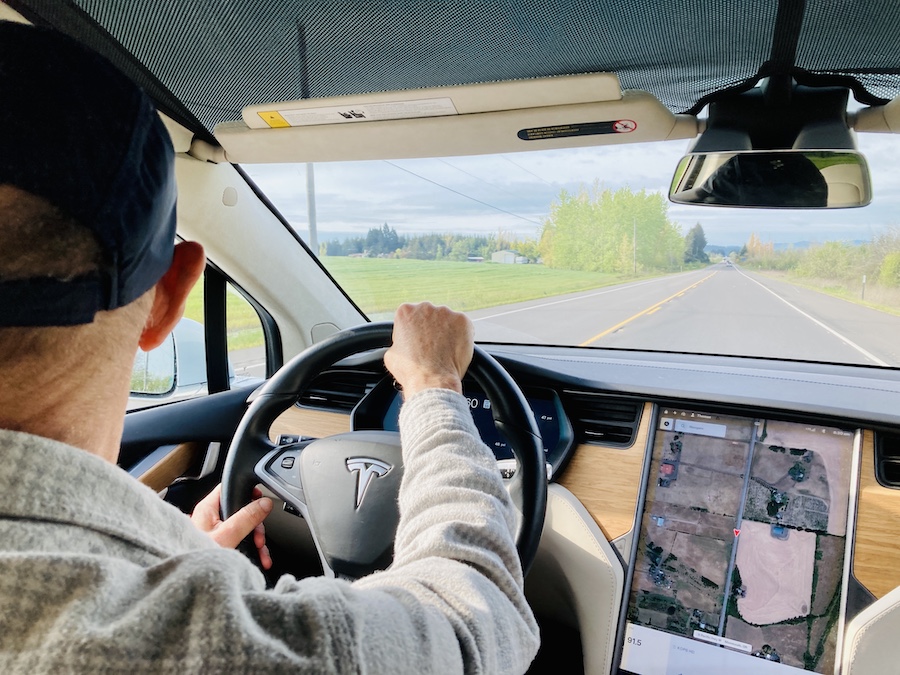
Q: Don’t EVs add too much travel time for charging stops on a road trip?
Road trips in an EV may require charging stops, but this isn’t as inconvenient as some might imagine.
When planning a road trip in an EV, consider the charging infrastructure along your route.
DC fast chargers, which are commonly found at highway rest stops and other convenient locations, can charge an EV from 10% to 80% in under an hour. Some newer EV models can achieve this charge in less than 20 minutes.
It’s also worth noting that you don’t always need to fully charge at every stop. Charging to a sufficient level to reach the next charging station can significantly reduce charging times.
Many EV routing suggestions will recommend making regular stops for shorter durations rather than allowing the battery to run extremely low. This approach aligns with the natural need for breaks during longer drives.
For many EV travelers, charging stops actually make a more enjoyable and comfortable journey.
By incorporating charging stations into your travel plans, you can coordinate them with bathroom stops, meals, and stretch breaks to optimize your overall travel experience.
Often the concern about longer trips in EVs is based on hypothetical scenarios. For example, driving from one coast to another is a relatively uncommon trip. For most everyday travel needs and even longer regional trips, EVs are well-equipped to meet the requirements.
Q: Aren’t EVs expensive? Will an EV ever be affordable for me?
The cost of EVs is often perceived as a barrier, but there are several factors that make EVs more affordable than they may seem.
Firstly, while EVs are currently priced higher than their internal combustion engine (ICE) counterparts, it is projected that EVs will reach price parity with ICE vehicles by 2025.
The cost difference is expected to decrease as more EV models enter the market, economies of scale are realized, and advancements in technology reduce manufacturing costs.
Additionally, there are federal and state incentives available to help offset the upfront cost of EVs.
In the United States, the federal government offers a tax credit of up to $7,500 for the purchase or lease of a new EV, subject to certain eligibility criteria.
There are also state-level incentive programs that provide rebates, reduced sticker prices, or eliminate sales tax on EV purchases.
Another significant advantage is that EVs have lower maintenance costs compared to ICE vehicles.
EVs have fewer moving parts and do not require oil changes or other regular maintenance associated with combustion engines. Studies have shown that EV owners can save approximately 50% on maintenance costs over the lifetime of the vehicle.
EV owners can save around 60% on fuel costs compared to traditional gasoline-powered vehicles. Charging an EV at home, where electricity costs are generally lower, allows for maximum savings.
Over a 15-year lifespan, EV owners can potentially save up to $14,500 in fuel costs compared to a similarly priced and sized gasoline vehicle.
As the demand for EVs continues to grow, the consumer market is transitioning, prompting more automakers to commit to electrification. Major manufacturers such as General Motors, Honda, Mercedes-Benz, and Nissan have announced plans to produce 100% electric vehicles by at least 2030.
Increased demand for EVs drives competition and economies of scale, leading to cost reductions and more affordable options for consumers in the future.
Q: Is it worthwhile to get a portable charger for an EV?
First, there are several components involved in charging: the power source, the circuitry inside the car, and the cables and connectors that go between those two things.
The charging cord that typically comes with electric vehicles is already portable. These cords, also known as Electric Vehicle Supply Equipment (EVSE), are used to connect your EV to a power source.
Usually, the provided cord allows you to charge your vehicle using a standard power outlet, commonly known as a Level 1 charging option.
While Level 1 charging is slower compared to higher-powered charging options, traveling with the cord can be helpful when you’re visiting friends who don’t have dedicated EV charging stations. It will just take longer to charge your EV compared to Level 2 or DC fast charging stations.
As for a portable power source, such as a battery back up, those are just beginning to come on the market. They are very big and expensive, though, so a portable power source for EVs is not very practical at the moment.
Like this article? Pin it for later or share with friends!
